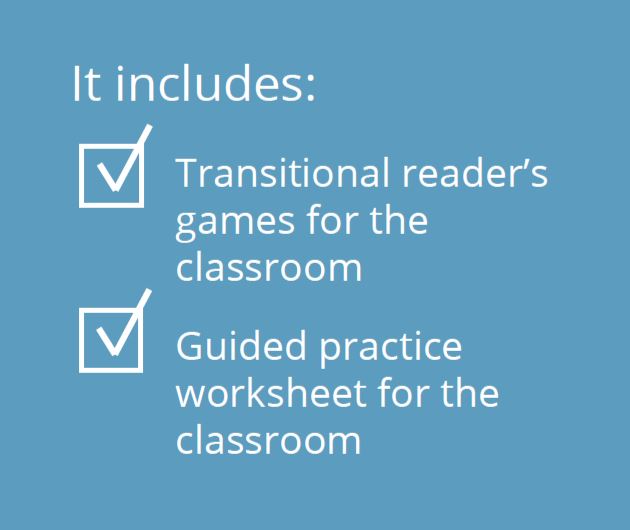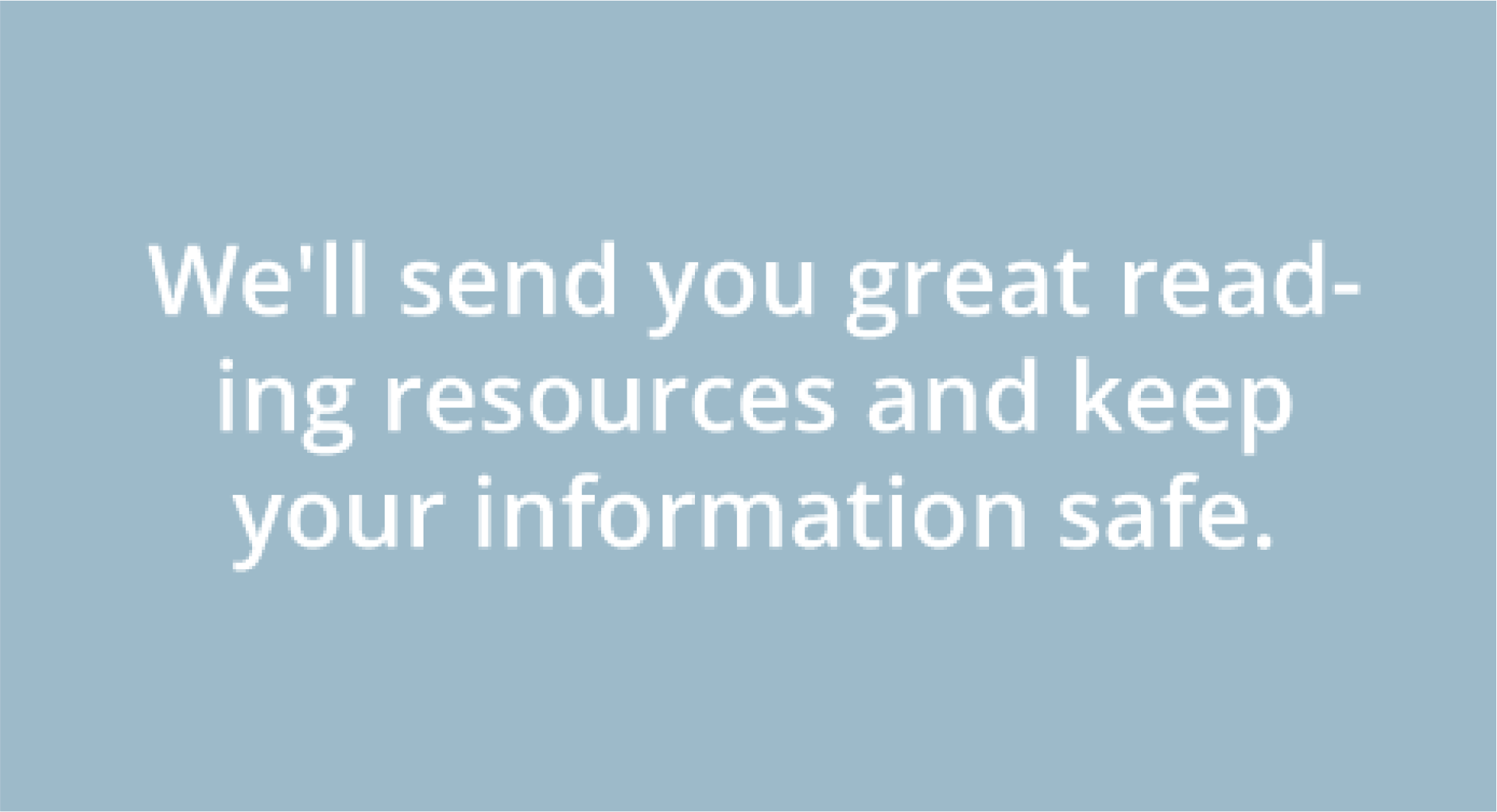Transitional Readers
Transitional readers, sometimes referred to as intermediate or nearly fluent readers, have begun to adopt the reading behaviors that will allow them to progress toward more advanced reading skills. Children usually enter this stage by second grade and begin developing the experience and skills necessary to make the transfer from "learning to read" to "reading to learn".
The progression from beginning reader to transitional reader is an essential milestone on the journey to becoming a good reader.
Young children usually enter the stage of transitional reader by second grade and have enough experience with print to:
- Decode unknown words
- Recognize increasing numbers of words
- Read more complex text and for longer periods of time
- Identify letter patterns and encode more accurately (spelling)
- Be more aware of story and text structure
- Begin using inferencing and other comprehensive strategies

Transitional readers demonstrate not only basic reading skills but the broader and richer elements of reading that allow them to obtain information from and interpret what they read, explore various genres, maintain interest in an entire book, and enjoy reading as an engaging activity.
Learn more about the importance of Early Literacy from our other resources on the subject.
This stage of literacy development is a critical one. Transitional readers who don’t receive the support they need to successfully bridge from “learning to read” to “reading to learn” may never reach reading proficiency. Research indicates that the transitional reader who does not develop fluency and automaticity is likely to experience the “fourth-grade slump”.
Fourth Grade Slump
The classic study on the fourth grade slump (Chall, Jacbos, & Baldwin(1990))
This deceleration of reading skills occurs for several reasons.
First, there is less reading instruction beginning in fourth grade as the focus shifts to using acquired reading skills to access academic content ("reading to learn").

Second, decoding and vocabulary increase in complexity and volume; students who do not have a solid foundation and adequate skills will often fall further and further behind.
Third, teachers in upper grades may not have the training and experience to provide appropriate reading intervention for struggling readers and opportunities to provide the necessary skills to these students may be missed.
Children who are unable to progress beyond the transitional reader stage of literacy development will typically never reach their academic potential. When students cannot read fluently, they tend to read less and avoid challenging material. By sixth grade, reading comprehension is shown to be negatively impacted and access to content in science, literature, social studies, and math is reduced.
The model of literacy development that begins with emergent reading and continues to advanced reading predicts that students who are lacking basic and transitional reading skills will have difficulty with later reading development.
Delays in providing early reading intervention typically results in greater future difficulties. Students find it increasingly hard to cope with the literacy demands placed upon them as they enter each successive grade.
To raise a generation of advanced readers and eliminate the achievement gap, adequate instruction and support at every stage of reading development must be provided to students with fidelity by trained and experienced teachers.
How can I apply this in my school?
Download our free resource providing games and activities that can help with instructing transitional readers.


